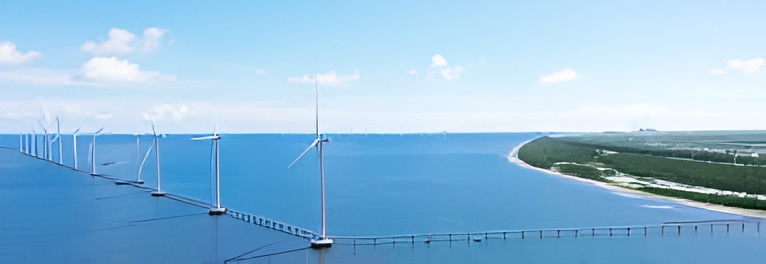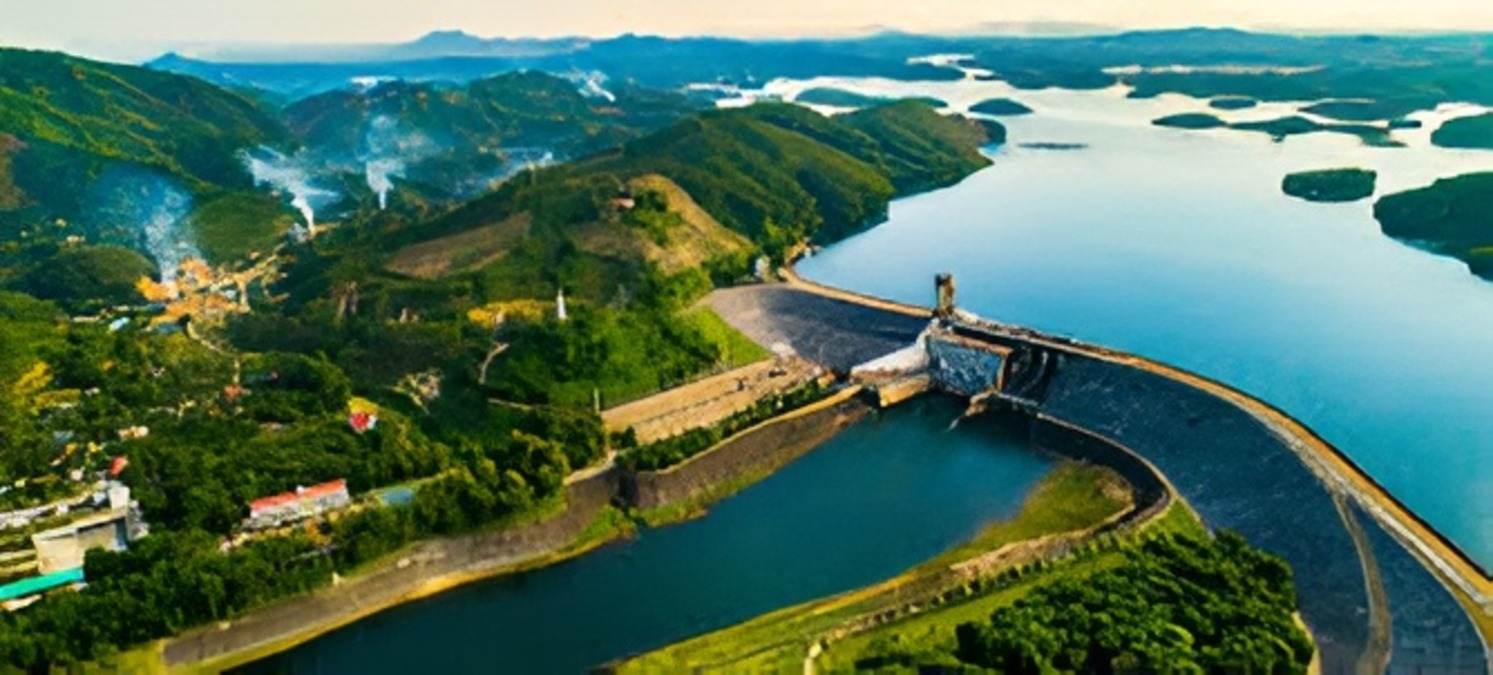Ho Chi Minh City, Vietnam — In a strategic move to strengthen its position in the fast-growing renewable energy market, Refrigeration Electrical Engineering Corporation (REE Energy) has announced the establishment of two new subsidiaries dedicated to developing wind power projects in southern Vietnam. This initiative marks another major step in REE’s long-term ambition to become a leading renewable energy investor in Vietnam.
REE’s New Subsidiaries Powering Southern Vietnam’s Wind Ambitions
According to the company’s latest board resolution, REE Duyen Hai 2 Wind Power Co., Ltd. and REE Duyen Hai 3 Wind Power Co., Ltd. will spearhead the development of phase two nearshore wind power projects in Vinh Long province.
- REE Duyen Hai 2 will oversee the V1-3 phase-two wind power plant, with a projected investment of VND2,260 billion ($85.79 million), including VND677 billion ($25.7 million) in equity.
- REE Duyen Hai 3 will manage the V1-5 and V1-6 phase-two wind farms, with a total investment of VND3,860 billion ($146.53 million).
Both companies will be fully owned and funded in cash by REE Energy and are expected to complete investment by Q4 2025. The projects are designed to enter commercial operation by late 2026, contributing an estimated 80 MW of clean power to the grid.
According to Vietcap Securities, these projects could generate VND123 billion ($4.67 million) in post-tax profit, with an average selling price of 7.7 US cents/kWh, potentially driving 10% of REE’s earnings growth by 2027. The projects boast an internal rate of return (IRR) of 11.8%.
Vietnam’s Wind Power Transformation: From Policy to Progress
Vietnam has become one of Asia’s most ambitious wind power nations, targeting 6–17 GW of offshore wind capacity by 2030–2035 and 26–38 GW of onshore capacity by 2030.
The country’s Ministry of Industry and Trade recently issued Decision 1508/QĐ-BCT, raising tariff caps for wind energy—by 18% for onshore and 9% for nearshore projects—providing new financial incentives for investors like REE.

REE’s current renewable portfolio already includes successful projects such as Tra Vinh V1-3, Phu Lac 2, and Loi Hai 2, all operational since 2021. These wind farms benefit from fixed preferential FiT rates of US 9.8 cents/kWh for offshore and US 8.5 cents/kWh for onshore projects for 20 years.
Vietnam’s wind energy developments now contribute approximately 90,000 MWh of clean electricity annually to the national grid, powering 48,000 households and reducing CO₂ emissions by about 72,000 metric tons every year.
Why This Matters
REE Energy was Vietnam’s first company to transform from a state-owned enterprise into a public company under equitization in 1993 and became the first listed company on the Vietnam Stock Exchange in 2000.
Its proactive shift into wind and solar investments across the Mekong Delta and central regions reflects Vietnam’s wider vision of achieving carbon neutrality by 2050. With these two new wind subsidiaries, REE is not only diversifying its energy assets but also reinforcing its role as a driving force in Vietnam’s renewable energy revolution.
Vinh Long Wind Project Key Takeaways
- Company: REE Energy (HoSE: REE)
- Projects: V1-3, V1-5, V1-6 Wind Power (Vinh Long Province)
- Capacity: 80 MW (phase-two nearshore wind)
- Total Investment: ~VND6,120 billion (~$232 million)
- Completion: Q4 2025 investment; operations Q4 2026
- Expected ROI: 11.8%; 10% contribution to 2027 earnings
- National Goal: 6–17 GW offshore & 26–38 GW onshore wind by 2035
Conclusion: Vietnam’s Renewable Energy Future Gains Momentum
As Vietnam continues to modernize its power mix, REE Energy’s expansion symbolizes the next phase of clean energy leadership. With the new subsidiaries and favorable tariff policies, the country is well on track to becoming a major player in the global wind energy landscape—fueling sustainable growth, cleaner air, and a stronger green economy for generations ahead.
